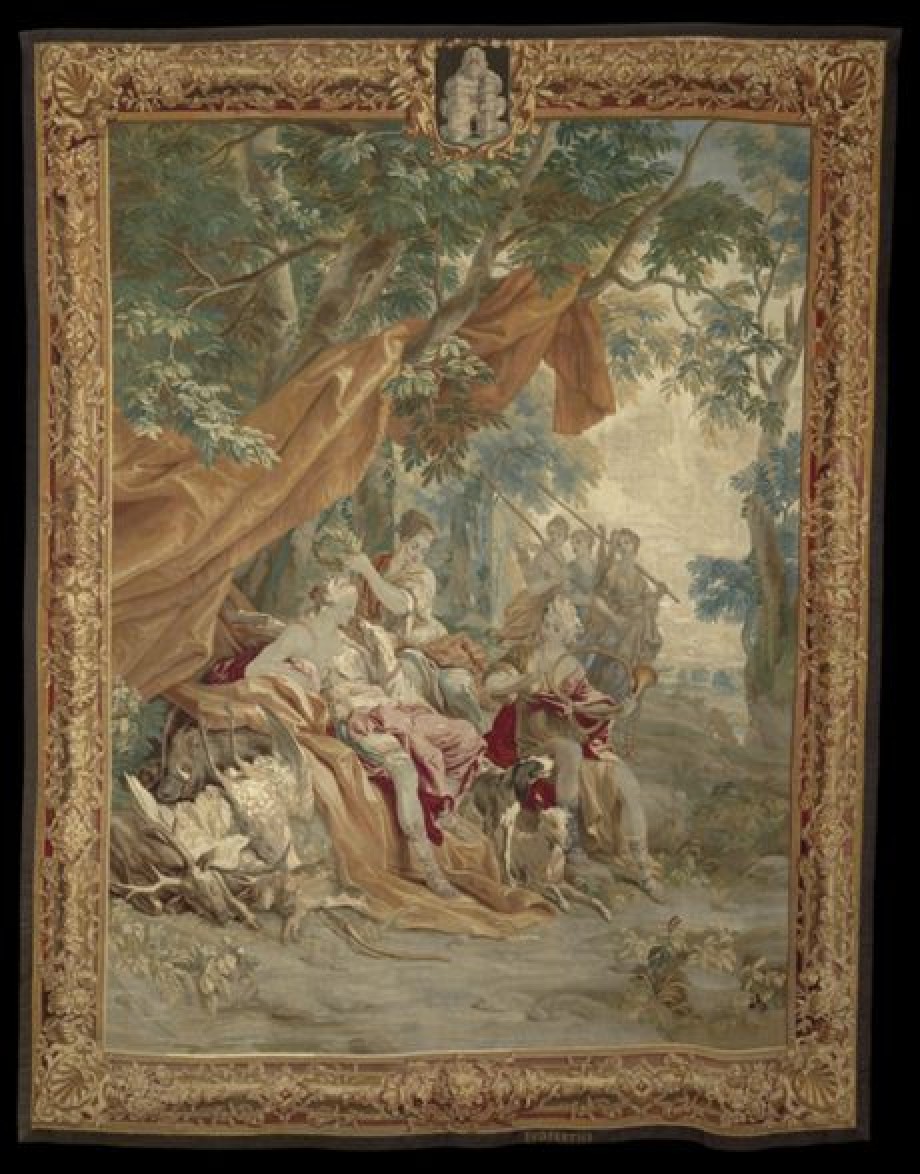The Glorification of Minerva

Artist(s) / maker(s)
Urbanus Leyniers (workshop / studio),
Jan van Orley (cartoons (working drawings))
,
Hendrik Reydams (workshop / studio)
,
Daniël II Leyniers (workshop / studio)
,
Aurèle Augustin Coppens (cartoons (working drawings))











